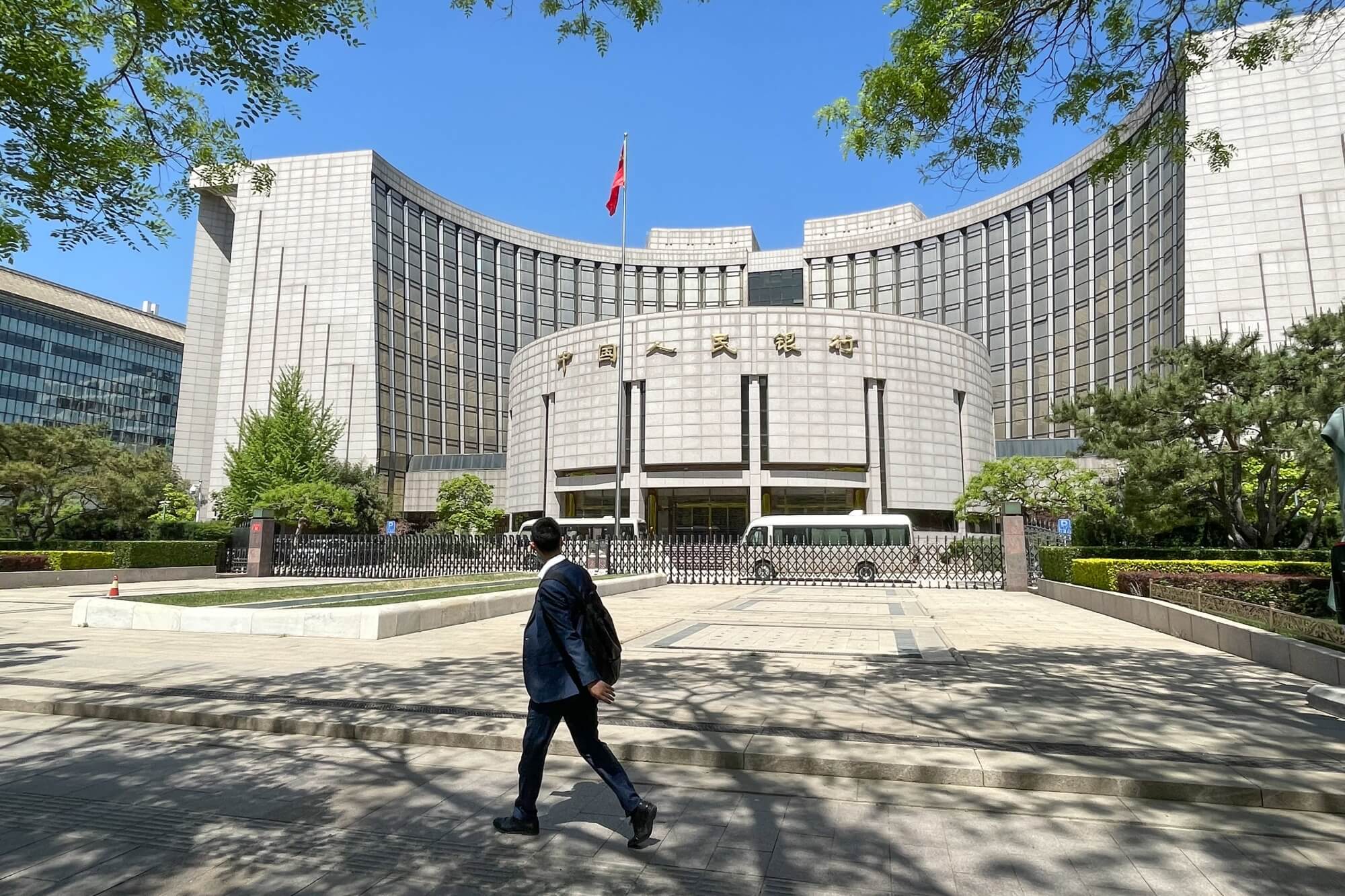China’s central bank, the People’s Bank of China (PBOC), has pledged to intensify its current monetary policy to address deflation concerns and boost consumer prices. In the wake of last month’s steep decline in consumer prices, marking the sharpest drop in three years, the PBOC emphasized its dedication to implementing a prudent and targeted monetary policy. The central bank’s quarterly monetary policy committee meeting produced a statement on Thursday, reiterating its determination to elevate consumer prices.
The PBOC outlined its objectives, emphasizing the promotion of price recovery from low levels and the maintenance of prices at reasonable levels. Additionally, it aims to expand domestic demand, instill confidence, and foster a positive economic cycle.
These commitments echo those made in the third quarter during a regular committee meeting, and they come in response to recent data revealing a fall in China’s consumer prices in November, accompanied by continued declines in producer costs. These trends underscore the challenges facing the ongoing economic recovery.

Tommy Xie, Head of Greater China Research at Oversea-Chinese Banking Corp., highlighted the potential threat of deflation risks to China’s economy in 2024. If deflation risks persist longer than anticipated, Xie suggests that China may resort to more aggressive easing measures, such as interest rate cuts or restarting programs like the Pledged Supplementary Lending program, to expand the central bank’s balance sheet and stimulate aggregate demand.
Analysts at Sinolink Securities Co. interpret the PBOC’s latest comments as an indication that it may primarily deploy structural measures to target high-quality economic growth. This approach contrasts with broad easing steps, such as interest rate cuts, as structural tools guide credit towards specific areas of the economy. The PBOC has increasingly emphasized such tools in recent years as part of its effort to transition away from debt-fueled growth, particularly in the property sector.
By the end of September, the outstanding amount of structural tools reached 7 trillion yuan ($984 billion), surpassing the central bank’s one-year policy loans for commercial banks. Re-lending programs, a key type of structural tool, involve the PBOC providing cheap funding to banks, with the condition that they direct the funds to desired sectors, such as green technology or the completion of unfinished housing projects.
The PBOC has also hinted at the possibility of introducing new programs as needed. One eagerly anticipated tool is the Pledged Supplemental Lending program to policy banks, with a focus on financing construction projects, including affordable housing and urban village renovations.
In recent months, the PBOC has increased liquidity injections to assist banks in purchasing government bonds issued to support infrastructure spending. This trend is expected to continue, with the central bank reaffirming its commitment to maintaining reasonably ample liquidity.
Analysts at Sinolink believe that the substantial liquidity injection will help dispel market expectations for further cuts to the reserve requirement ratio.









